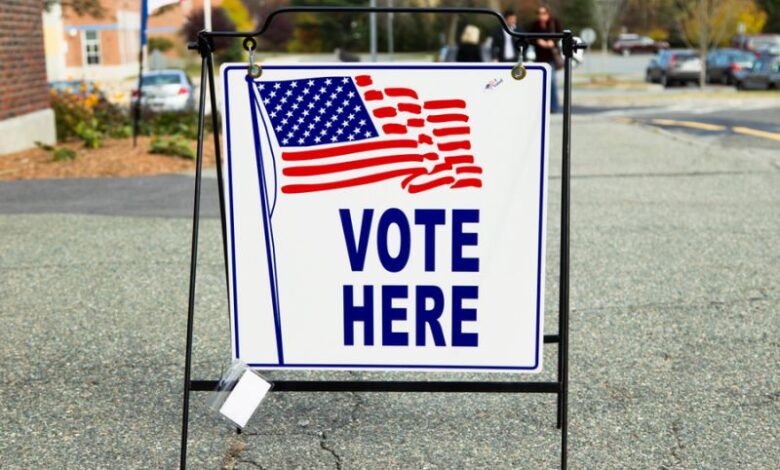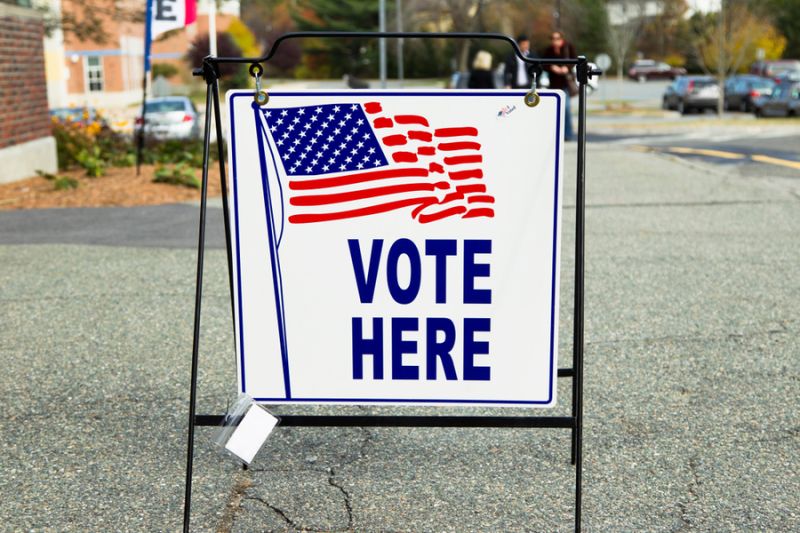Massive spending, large voter turnout amid defeat of Ohio’s Issue 1

 Polling station on Election Day. / flysnowfly/Shutterstock
Polling station on Election Day. / flysnowfly/Shutterstock Washington, D.C. Newsroom, Aug 9, 2023 / 15:15 pm (CNA).
Ohioans voted overwhelmingly Tuesday to reject a ballot initiative that would have made it more difficult to adopt constitutional amendments via citizen-led ballot initiatives.
The initiative’s defeat, which took place amid unprecedented voter turnout and out-out state spending, means a proposed abortion referendum is more likely to succeed in November.
With 95% of the votes tallied as of Wednesday afternoon, about 57% had voted no on Issue 1 while about 43% voted yes on the initiative.
A yes vote was a vote in favor of raising the threshold required for adopting a constitutional amendment through a citizen-led ballot initiative. The proposal would have required 60% of the vote for an initiative to pass. With the amendment’s defeat, a simple majority is all that is required for a ballot initiative to win.
Unprecedented voter turnout
Tuesday’s turnout surpassed the state’s most recent August election by about fivefold. More than 3 million voters cast a ballot in the election — that’s compared with the 638,708 people who showed up to vote in the Aug. 8, 2022, primary election.
It vastly surpassed other recent primary elections: About 1.7 million people voted in the May 2022 primary, about 1.8 million people voted in the March 2020 primary, and about 1.7 million people voted in the May 2018 primary.
With the defeat of the Aug. 8 initiative, pro-abortion advocates will only need to obtain a simple majority of the vote rather than reach the 60% threshold that would have otherwise been required if voters had approved Issue 1.
Motivated single-interest groups
Other issues were at stake in the election that may have contributed to the high turnout. An initiative to increase the minimum wage via a constitutional amendment could be on the November ballot if petitioners get enough signatures. Supporters of gun control, environmentalist groups, and unions, who don’t have much sway in the Republican-controlled Legislature, also fought to keep the simple majority intact.
Those who fought to raise the threshold through a yes vote included pro-life organizations, the Ohio Chamber of Commerce, various business associations, and pro-gun groups who want to fend off potential ballot initiatives that could jeopardize their interests.
Out-of-state money
Amid the high stakes on a variety of issues, out-of-state organizations funneled money into the campaigns to either support or oppose Issue 1. Interest groups spent about $ 20 million in total on the campaign, more than 80% of which came from outside of Ohio.
The “no” campaign, however, spent about three times the amount of money the “yes” campaign did. The campaign against Issue 1 spent nearly $ 15 million to discourage Ohioans from supporting the initiative, about 85% of which came from outside the state. A large portion of this money was funneled through the Sixteen Thirty Fund and the Tides Foundation, which allow donors to provide funding to left-wing causes without publicly disclosing the donations.
Out-of-state money dominated the “yes” campaign’s nearly $ 5 million in spending as well. The bulk of the funding, about $ 4 million, came from one donor: Illinois-based businessman Richard Uihlein. The billionaire is a frequent donor to conservative political initiatives and campaigns.
Abortion restrictions unpopular
Public opinion about abortion may also be a significant factor in the August election results and the high voter turnout. A USA TODAY Network/Suffolk University survey of 500 likely voters from July 9 to July 12 found that about 58% of Ohioans supported the proposed abortion referendum and only 32% opposed it.
With the defeat of Issue 1, pro-life organizations and pro-abortion organizations are already gearing up for another battle in Ohio to campaign for their position on the Nov. 7 referendum, which will determine whether a right to abortion will be codified in the state constitution.






